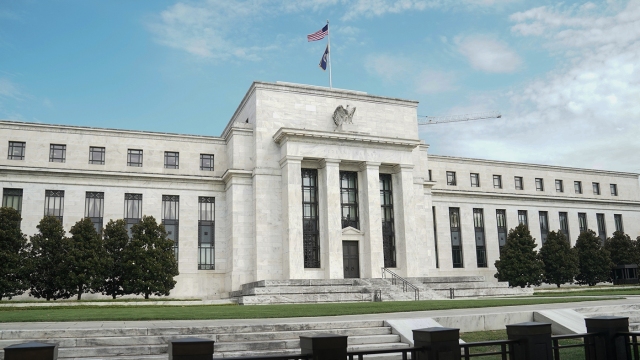The risk of a recession coming in the new year appears to be rising based on state economic data, according to new research from a Federal Reserve bank.
The research released Wednesday from the Federal Reserve Bank of St. Louis shows that 27 states experienced negative growth in a measure called state coincident indexes (SCI) in October. SCI is a combination of four state-level indicators that the Federal Reserve Bank of Philadelphia combines into a single statistic to summarize current economic conditions.
The analysis from the St. Louis Fed shows that 26 states need to have negative growth in the SCI to have reasonable confidence that the national economy has entered into a recession, so the number recorded in October is one higher than that threshold.
The estimate of 26 states is based on the number that experienced negative growth during the start of previous recessions, dating back to 1980.
One outlier came in January 2008, when only nine states experienced negative growth at the start of the Great Recession. But 47 states registered negative growth by October of that year.
The number of states needed to meet the threshold to have reasonable confidence of a national recession increases to 29 when the outlier of 2008 is removed.
The analysis states that past recessions have shown that some states’ economies have continued to expand during a recession, especially when the national recession was relatively mild.
A state’s SCI is calculated from its nonfarm payroll employment, average hours worked in manufacturing by production workers, the unemployment rate and wage and salary disbursements.
Each state’s SCI trend also is set to match the long-term trend of its gross domestic product.
The research comes as the Fed has significantly increased interest rates over the past year to try to get inflation under control. It raised rates by 0.5 points earlier this month as inflation seemed to be slowing down, but Fed Chairman Jerome Powell has indicated he is willing to continue to raise rates until inflation is less than 2 percent.
The consumer price index fell from 7.7 percent in October to 7.1 percent in November.
Some economic experts have expressed concerns that the interest rate increases, and especially the speed with which the Fed was moving, could cause an economic downturn, but the economy has shown some resilience in continuing to add jobs.
The Fed raised rates by 0.75 points four times in a row before its more modest 0.5-point increase.
Source: thehill.com













